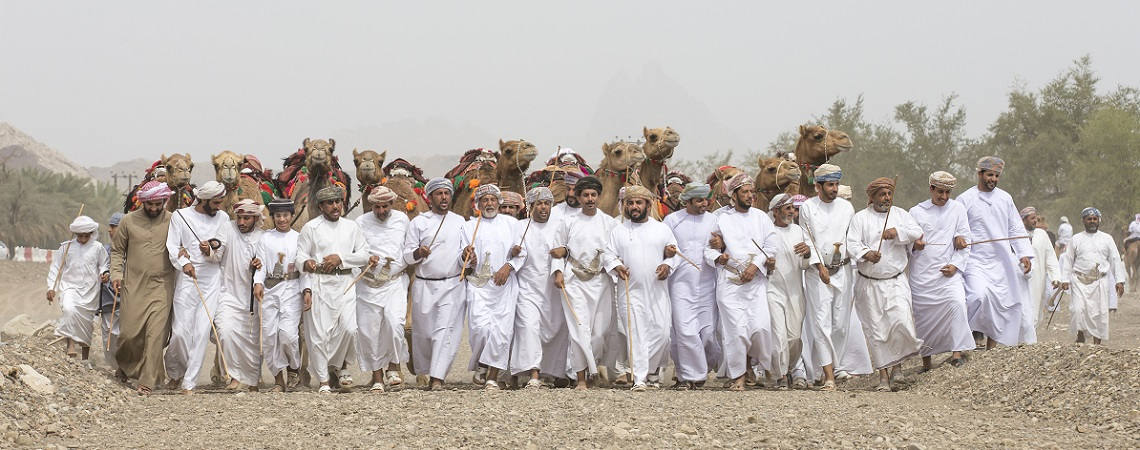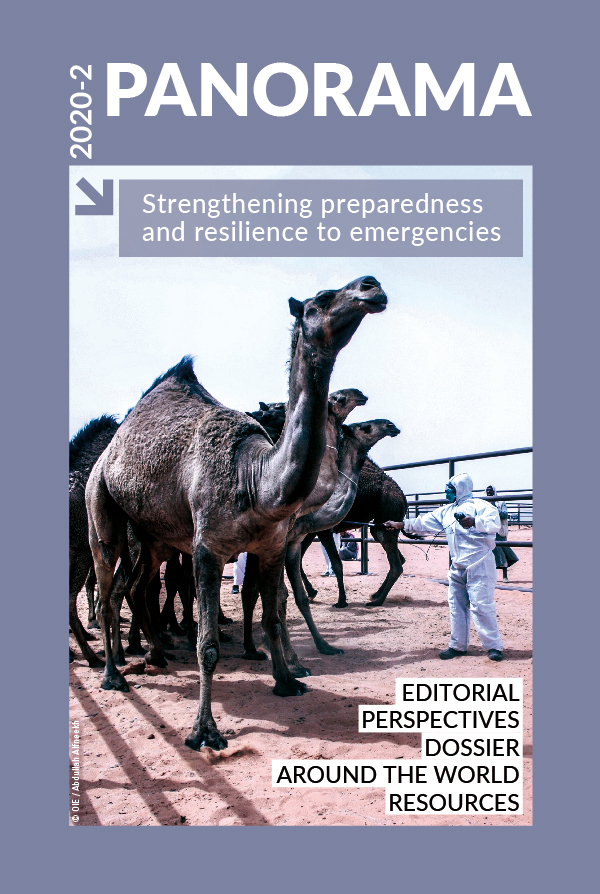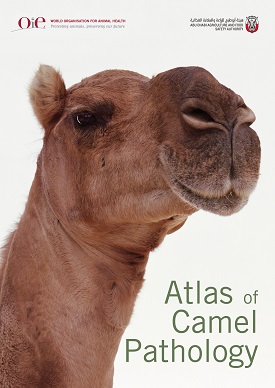Around the world Posted on 2021-03-08 08:51:12
Network initiatives
Camel Middle East Network (CAMENET)
Keywords
Authors
S. Al Muhairi, Veterinary Laboratories Division, Abu Dhabi Agriculture and Food Safety Authority (ADAFSA), United Arab Emirates.
The designations and denominations employed and the presentation of the material in this article do not imply the expression of any opinion whatsoever on the part of the OIE concerning the legal status of any country, territory, city or area or of its authorities, or concerning the delimitation of its frontiers and boundaries.
The views expressed in this article are solely the responsibility of the author(s). The mention of specific companies or products of manufacturers, whether or not these have been patented, does not imply that these have been endorsed or recommended by the OIE in preference to others of a similar nature that are not mentioned.
The network enables the pooling of expertise and knowledge to improve scientific and technological capacities in the epidemiology and diagnosis of camel diseases in the sub-region. It also coordinates and facilitates scientific collaboration between CAMENET Members and Reference Centres on specific topics and disseminates knowledge.
Developing scientific networks facilitates communication and collaboration, two of the most important components in emergency management
Networking is one of the most important tools in emergency management and plays an effective role in enhancing emergency response capacity and the dissemination of knowledge. The past Middle East respiratory syndrome coronavirus (MERS-CoV) emergency in the sub-region and the current COVID-19 pandemic clearly demonstrate the importance of harmonised scientific collaborations, studies and research to aid emergency response and minimise the disease’s impact.
Although CAMENET focuses particularly on camel diseases, it plays a similarly important role in coordinating and harmonising research efforts, risk assessment and knowledge-sharing for emergency preparedness and response. For instance, when positive cases of camel prion disease were first reported in North Africa, CAMENET started an initiative to address the main issues, such as case definition, epidemiological surveillance, biosafety, capacity building, early warning and response, risk factors and knowledge gaps [1]. This initiative was aimed at publishing a working document that clearly details the procedures to be followed when facing an outbreak, to assist Members to develop their formal contingency plans. To this end, CAMENET began a collaboration with the Italian National Institute of Health and the OIE Reference Laboratory, Istituto Zooprofilattico Sperimentale del Piemonte, Liguria e Valle d’Aosta, to prepare the Working Document on Camel Prion Disease (CPrD). In brief, this collaboration clearly demonstrates that developing scientific networks facilitates communication and collaboration, two of the most important components in emergency management.
| For more information, please visit the CAMENET website |
http://dx.doi.org/10.20506/bull.2020.2.3157
References
- World Organisation for Animal Health (OIE) (2019). – Report of the 15th Conference of the OIE Regional Commission for the Middle East, Abu Dhabi, United Arab Emirates, 10–14 November 2019.













